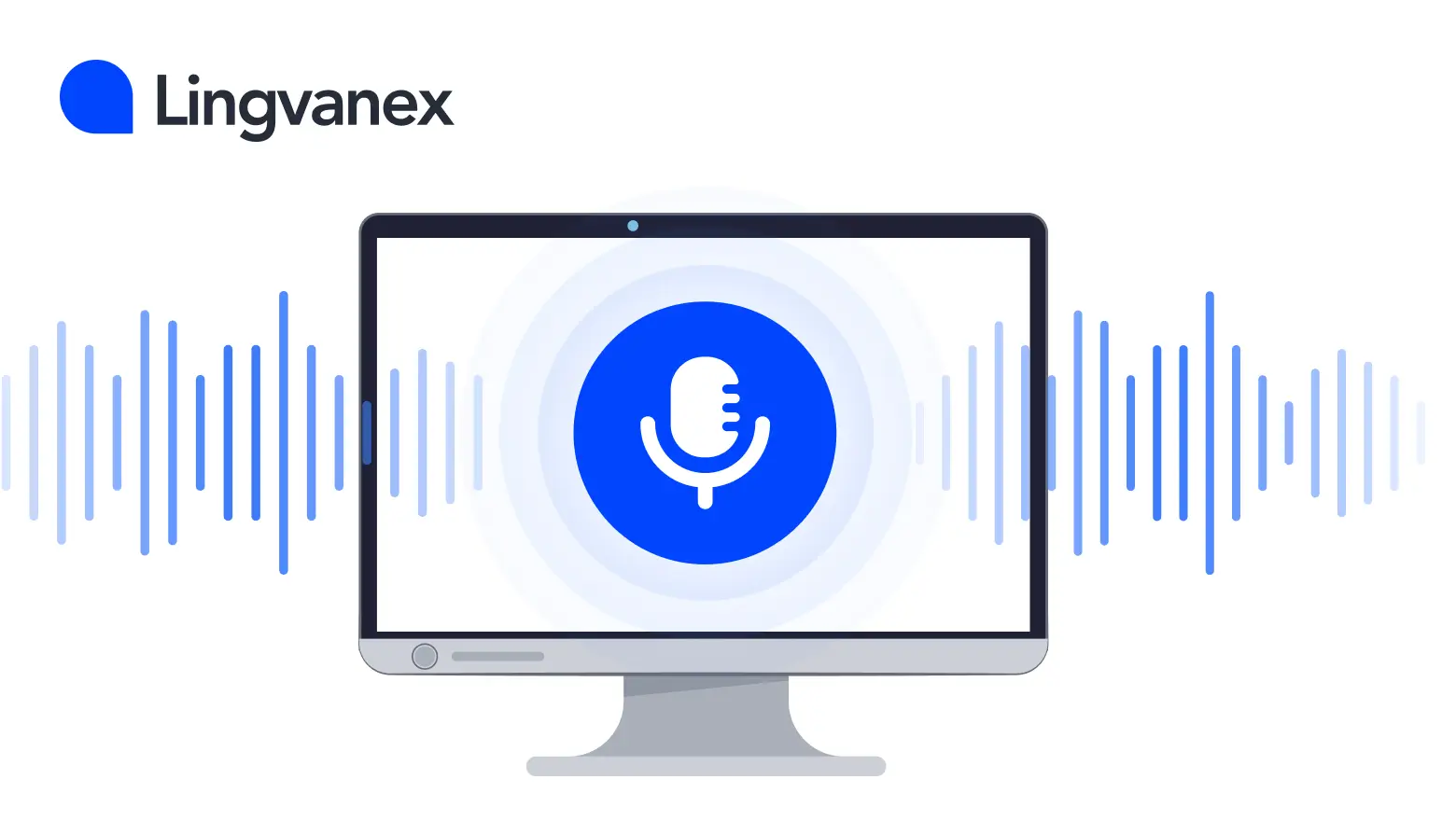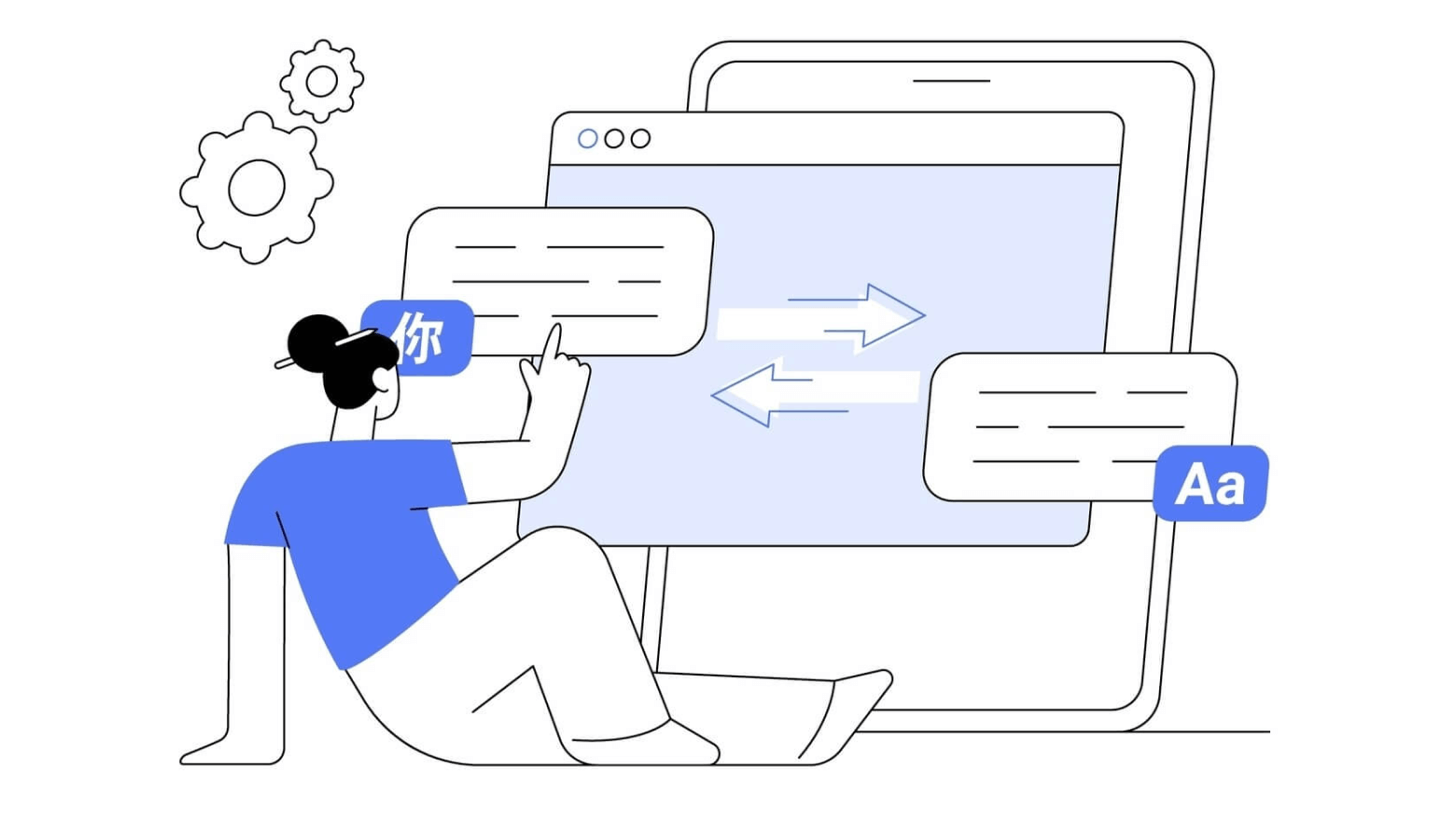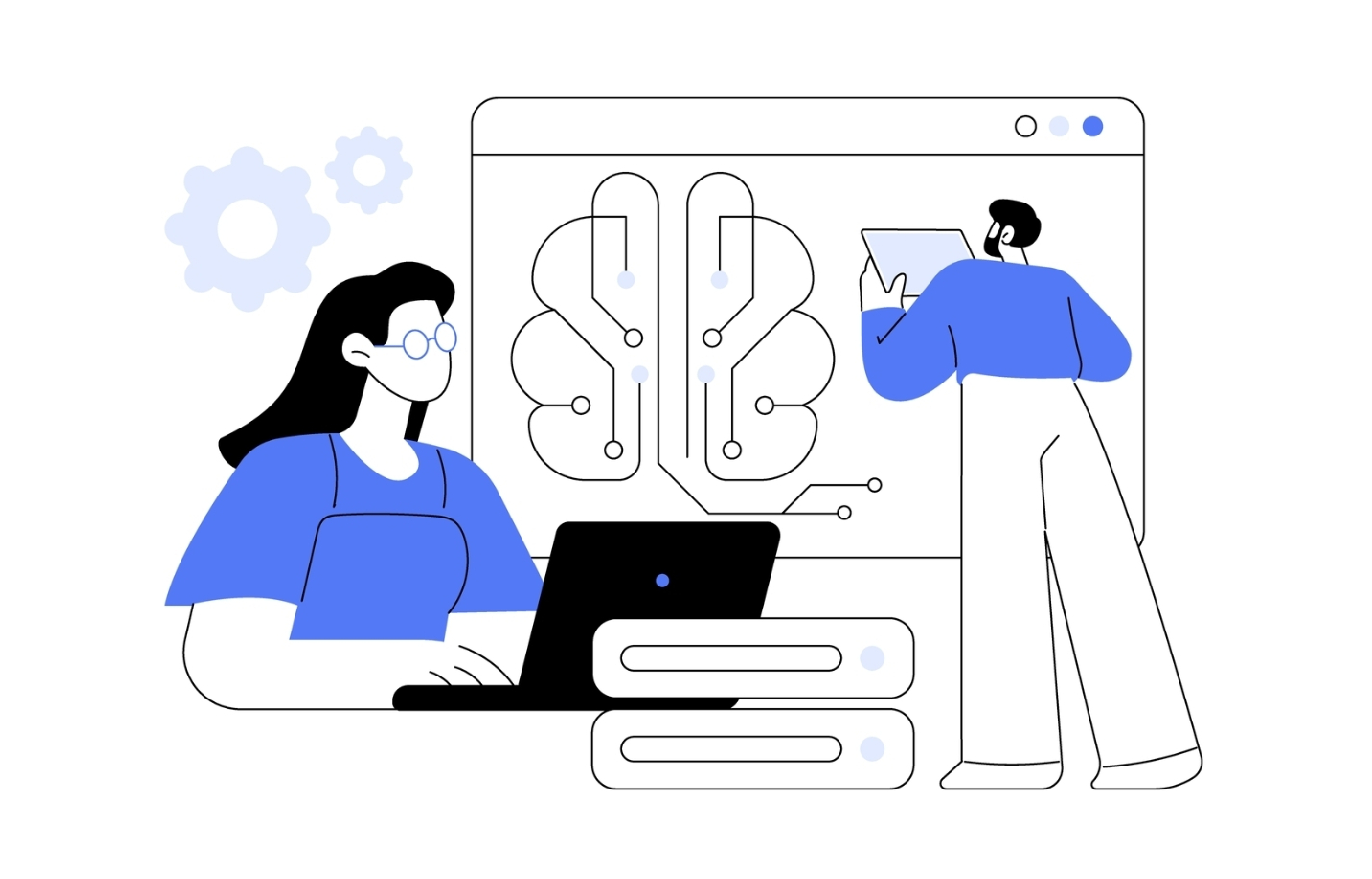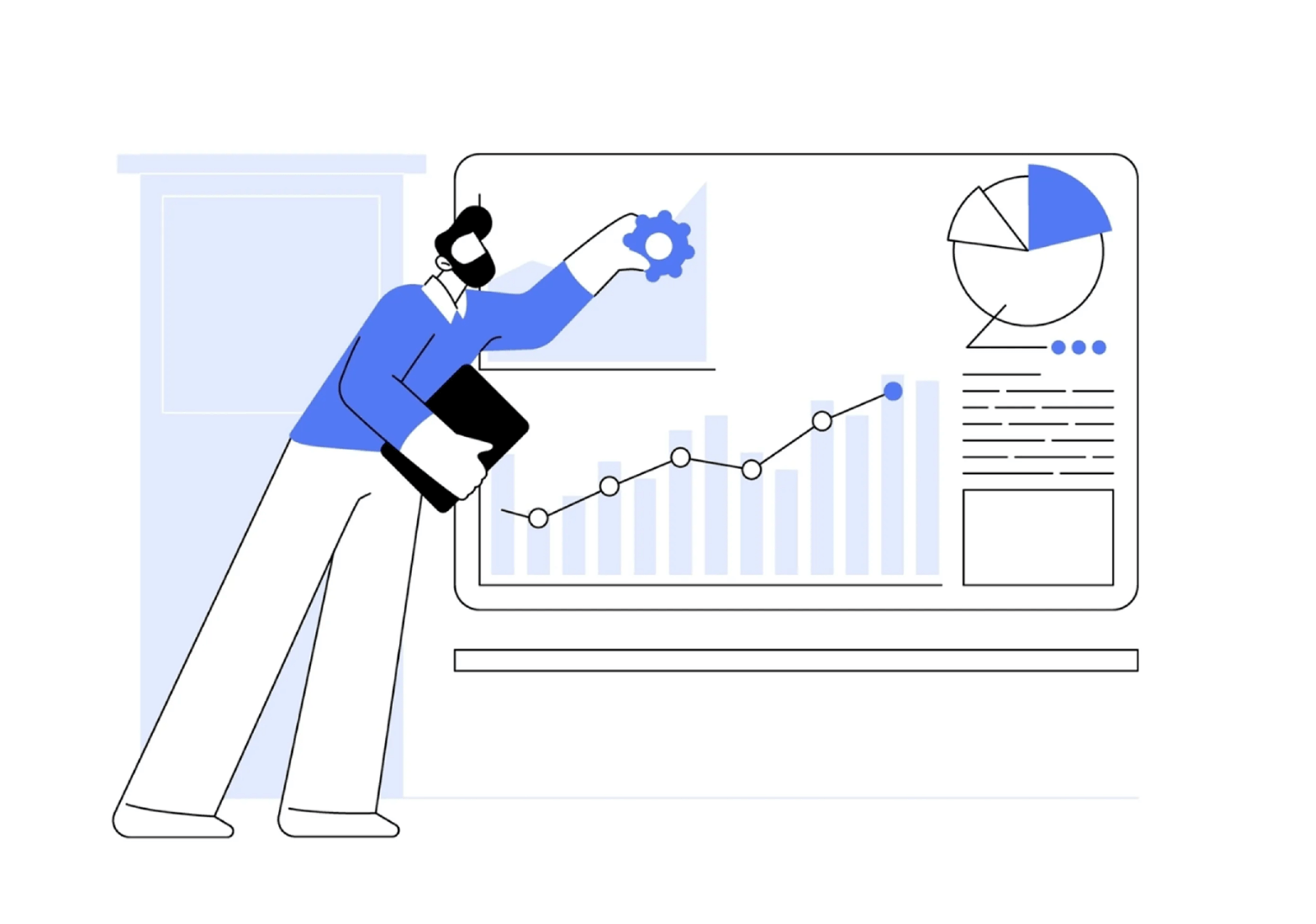A journalist needs to quickly type up quotes from a speech by the Minister of Economy, a tourist needs to understand what a local helping him find his way said, a businessman needs to write his travel plan without taking his hands off the steering wheel of his car.
What to do?
Use an application on a smartphone, tablet or laptop that will quickly convert verbal information into a clear and convenient written format.
Thanks to transcribing technology, vast amounts of voice data can be processed quickly and easily, helping to increase productivity, reduce time on task and improve the quality of communication.

What is voice transcription?
Voice transcription is the conversion of spoken speech into text format during voice interaction, also known as Speech-To-Text, transcribing or machine speech recognition. Speech recognition software allows you to quickly create documents using spoken language. This speed attracts users who want to avoid delays. Moreover, typing takes more time and hinders communication.
Types of transcribing
Machine speech recognition is divided into three types depending on the operating technology.
- Streaming speech recognition transcribes speech in real time. For example, there's a video conference going on, and you need to use automatic subtitles for your colleague with moderate hearing loss. The same technology works in software for voice-controlled devices - while you tell your smart home what to do, the software recognises your speech and translates it into machine-understandable commands.
- Synchronous speech recognition is mainly used in messengers to translate pre-recorded short audio messages into text. It works very fast, but the message duration is usually less than 1 minute.
- Asynchronous speech recognition is used to translate already completed audio recordings of virtually unlimited duration into text. Both recording and transcription can last for hours. This technology is used when the speed of recognition is not so crucial.
How does speech transcribing work?
General working principle of neural programmes of speech transcribing:
- Speech recording. Audio data is formed, which will be processed later. It can be an interview, a lecture, a meeting or any other type of oral communication.
- Pre-processing. A recorded audio file may require pre-processing to improve sound quality. This may include noise filtering, volume normalisation and other audio enhancement techniques.
- Speech Recognition. Automatic speech recognition software uses machine learning algorithms and neural networks to convert sound waves into text.
- Text post-processing. Syntax is checked and corrected, punctuation marks are added.
- Formatting and export. The finished text is formatted according to client or project requirements and exported to the desired format (e.g. Word document, PDF, etc.).
The main advantages of speech recognition:
1. Time saving. Speech recognition provides fast and accurate retrieval of spoken texts, making the content easy to search and scan. This makes it easier to navigate through the content and quickly find the right moment of the speech.
2. Language skill development. Real-time transcribing of natural speech and audio files provides an accurate recording, which creates new opportunities for language learning - for example, when a person needs to learn to listen to speech, subtitles are a major help in achieving this goal.
3. Saves money compared to human labour. Automated voice transcription services provide flexible pricing options to meet different needs and budgets. Vendors offer free trials or basic packages that users can use to test the software's functionality before signing up for a paid subscription.
4. Authenticity. High-quality speech transcription avoids over-editing or altering verbal content, preserving the nature of communication, its flow and immediacy.
5. Accessibility for the hearing impaired. When automatic captioning is enabled during classes, podcasts and meetings, people with hearing impairments can participate as equals.
The disadvantages of speech recognition technology
All technological innovations are honed and perfected over years, sometimes decades, until a replacement technology comes along. And the cycle repeats itself again.
1. Complex audio files with multiple speakers, or a distinctive accent, present a problem for transcribing services. In particular cases, transcribing may not capture nuances and context that may be important to fully understand the meaning of an utterance.
2. High demands on audio quality. Using a poor quality microphone, unclear pronunciation or a presence of extraneous noise - all affect the accuracy of the text when transcribing.
3. Confidentiality issues. When audio or video materials are transcribed, there is a risk of confidential information being intercepted. It is necessary to ensure appropriate security measures to protect information and use trusted services.
4. Security. Viruses disguised as a quality service can steal your voice sample and then use it against you.
History of speech recognition
Originally, only humans were involved in transcribing audio information into written text, a process that could be called either dictation (when recording was done in the usual way) or stenography (when special characters and abbreviations were used for recording).
The first speech recognition machine that could recognise numbers spoken by humans appeared in 1952. In 1962, IBM's device Shoebox, which recognised 16 words, was introduced at the New York Computer Fair.
In the second half of the 1960s, Stanford University student Raj Reddy was the first to develop technology to recognise continuous speech rather than individual words.
Subsequently, research continued uninterrupted, involving mathematicians, linguists, and programmers.
In the 1990s, the vocabulary of a typical commercial speech recognition system already exceeded that of a human.
In the 2000s, with the spread and development of neural networks and their training technologies, a revolution took place, which continues until today - automatic speech recognition programmes are no longer inferior in terms of accuracy to professional people who used to do the same work manually.
Speech recognition for business
For today's businesses, customer feedback is essential for understanding clients’ needs and improving the quality of service. Usually, analyzing calls is done manually, and that slows down and reduces the quality of the quality control department's work. Speech recognition automation can help in such cases.
Speech analytics analyzes audio recordings of calls, identifying trends and extracting useful information. It is useful for companies using telephony and can reduce call handling time, improve the effectiveness of promotional calls and improve adherence to service standards to help increase profits and customer loyalty.
In addition, speech recognition can be used to automate telephone orders - they will be taken from live customers by a computer rather than a human.
In business management, speech recognition can save time by automating the creation of schedules, plans, meeting notes and brainstorming sessions.
Transcribing also makes it easier to create and maintain documentation, translate audio and video information, and automate technical support.
What Lingvanex has to offer
Any serious businesses should pay attention to on-premise speech recognition software. Such software, developed by Lingvanex, eliminates the need of sending and processing a company's audio recordings to someone else's servers, which guarantees the security of the information.
Installed on a customer's server, the On-premise Speech Recognition ensures transcription on any of the company's devices connected to the server (tablets, desktop computers on Windows and Mac OS, Android and iPhone mobile phones).
In addition to complete security Lingvanex offers a fixed price with no limits on the amount of audio information processed. That is, for 400 euros a month, the buyer can transcribe a thousand, 5 thousand or 50 thousand hours of audio.
The software itself places punctuation marks and can make time stamps in the text. Both real-time speech and already recorded FLV, AVI, MP4, MOV, MKV, WAV, WMA, MP3, OGG and M4A files can be transcribed.
Lingvanex On-premise Speech Recognition Software can be seamlessly integrated with On-Premise Machine Translation Software, whereupon the recognised text can be translated in real-time or post facto into 109 languages, again with no limit on the amount of translation.
Lingvanex offers a free trial period to test the quality of speech recognition performance.



